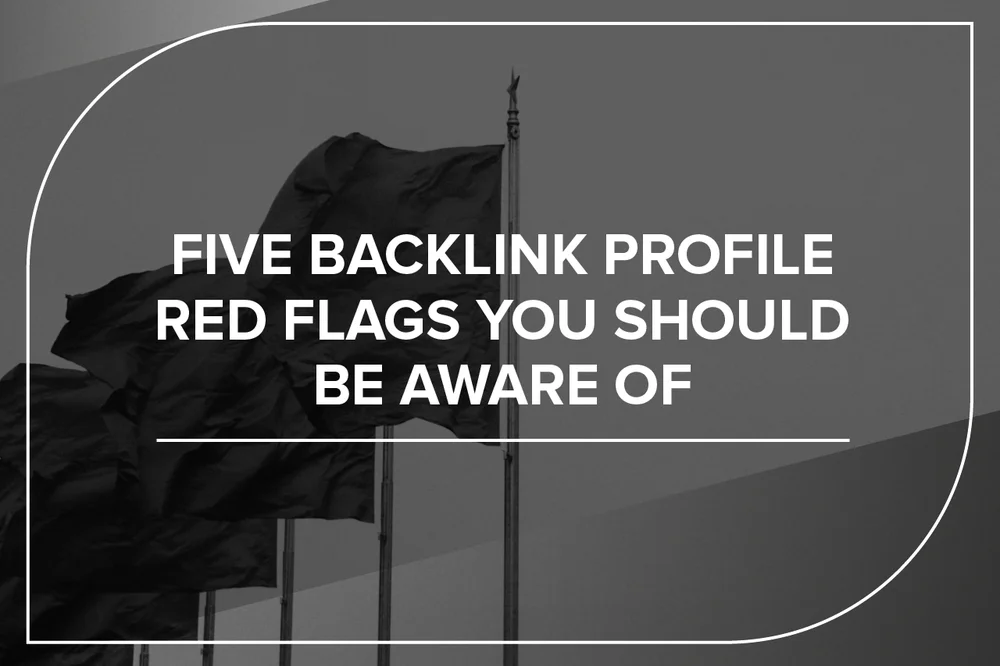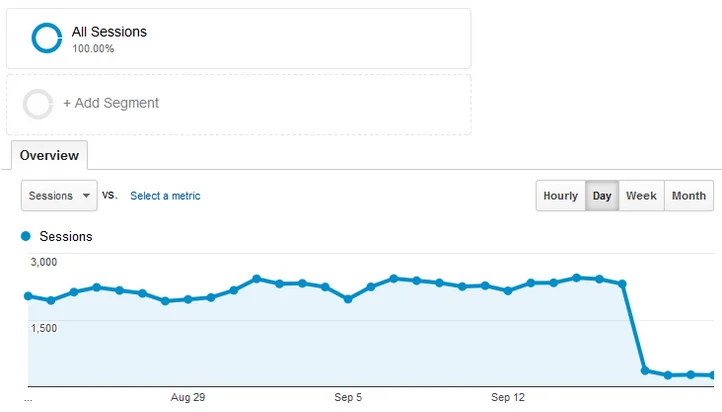Digital PR Isn’t Link Building. It’s the Most Profitable Channel You’re Ignoring
Digital PR

As digital PRs we can be guilty of logging into our link tracking platforms, scouring for the ones we’ve built and jumping straight back out. Yet a full backlink profile often ranges from the wonderful, the weird and, occasionally, toxic.
A deep dive into the links coming into your domain is essential for a digital PR strategy. The right links in the right places can help boost referral traffic and rankings for your key terms.
No bought link can compete with the power of a successful digital PR campaign. When done right, it’s a marketing technique that can bring those all-important relevant backlinks, as well as social media shares, referral traffic, coverage and will build your brand along with your traffic.
Do you know what’s lurking in your, or your clients, backlink profiles? The chances are probably not.
Not all backlinks are equal, and just because you didn’t build anything dodgy doesn’t mean they aren’t there. Toxic backlinks can potentially damage your SEO efforts, meaning lower rankings and less traffic.
When building links to a domain that is new to you, it’s always good to ask if any link work has been done before – and what kind. Google cracked down hard on backlinks that attempt to manipulate rankings back in 2012, so if any link work was carried out before then the chances are it could be toxic.
Way back when SEO became a popular digital marketing tool, the backlink scene was more wild west than world wide web. Link builders could build blog networks and direct thousands of backlinks to their domain within minutes, or even rent link space on high powered sites to give themselves a boost.
This worked, and it worked too well. In 2012, Google introduced their Penguin update which all but put an end to this behaviour and sought to level the playing field so more money didn’t mean high rankings. It also put their users first, ranking sites based on the quality of their backlinks rather than just the quantity.

Google Analytics for a site hit with unnatural linking penalty
As poor quality sites take longer to index, it could be weeks or even months, before harmful backlinks show up in link tracking tools.
Historic black hat link building is a big cause of low-quality links, but there are other routes for these links to come pointing to your domain. Yet toxic link building isn’t always historic, and many still rely on these techniques to boost rankings.
While the days of buying backlinks, PBNs (private blog networks), and expensive guest posts should be long gone, there are still plenty of domains reaping the benefits of bad linking. However, this is a ticking time bomb and frankly – your site deserves better.
A natural backlink profile is generally made up of three different kinds of links:
A high volume of keyword-rich anchor text in a backlink profile is a sure sign that a domain is trying to game the system. A simple rule is that if it’s a term you’d hope to rank for, the anchor text is considered keyword rich.
Some links with exact or partial match anchor text are to be expected. Occasionally in forum posts or comments, someone with no SEO knowledge will link to you using keywords in the anchor to recommend a product or service. These are unavoidable and no-followed, so not all keyword-rich anchor text causes alarm.
However, if your backlink profile is heavy with keywords it’s worth an investigation. If the same keywords are occurring over and over again, from low-quality sites and to the same inner pages it could be penalised. Is the risk really worth the reward?
The nature of digital PR means we often have little control over what anchor text is used to link to our campaigns, but if something doesn’t feel right don’t be afraid to ask a journalist to change it.
While not as common as it once was, this tactic is a perfect example of why you should regularly check your backlink profile. Negative SEO is the trick where a competitor pays for hundreds of toxic backlinks or negative reviews to point to your domain, in the hope of a Google penalty against you. In more severe cases people even hack your website to fill it with terms that promote risky products.
However negative SEO isn’t always intentional and you can occasionally be unlucky enough to find yourself mixed in with others leaving your domain with thousands of links on link farms and content scraping sites.
While you can’t always prevent a negative SEO attack, keeping a close eye on your backlink profile can ensure you’re prepared for the worst. An unnatural increase in backlinks can be a sign of a link spam attack, especially if the links are coming from adult sites or pharmaceutical domains.
Almost ten years since Google’s Penguin update this debate still rages on. The internet is full of tips and tricks on how to ‘carefully’ buy links in 2021, even though Google themselves say that paid links ‘don’t work’.
Google has had ups and downs in its relationship with backlinks, and from its inception, links have been a core part of its algorithm.
Do links work in 2021? The short answer is: yes.
The longer answer is that now, it’s easier to rank well with good on-page content and a technically sound site alone. But when links are added to the equation, it’s like fuel on a fire.
We’ve all had the emails and LinkedIn messages from link touts flogging their wares. The problem with the domains on offer is that generally, they are low quality and low relevance.
A solid digital PR strategy can easily gain links that are more relevant and offer higher quality to a domain. In fact, Google’s John Mueller recently confirmed that one high-quality backlink from top-tier news is more powerful than thousands of lower quality backlinks.
Spotting bought links in your link profile often takes a bit of digging. If you see a new link come in and you don’t recall pitching to them, check around on the site. There are some telltale signs that the website accepts payment for content including ‘write for us’ pages or even a media kit referencing their prices.
If you can see this information, then the chances are that Google can too. Buying links may give you a boost in the short term, but as algorithms continue to get smarter the risk of negative effects increases.
For many digital marketers, metrics are our bread and butter and that is no different in digital PR. On their own, many metrics like DA or DR don’t mean an awful lot but when you look at a link profile as a whole it helps to create a picture of the quality of links you have.
A backlink profile will generally have a higher percentage of low metric links. This is because all sites naturally pick up several links over the years from all kinds of sources.
The nuance here is context. If a large proportion of low metric links also bring along with them exact match anchor text or are paid for, this is where it becomes a problem.
Another fall out from the dark days of link building is duplicate content. Years ago digital marketers could write a press release, upload it to a newswire and (hey presto!) have hundreds of backlinks all using the same content.
This quick and dirty link building technique got slapped down hard in the Panda algorithm update. Guidelines meant that press releases were required to be 100% original, and publications changed their policies to only include exclusive content.
Canonicalisation now means that publications are safer to reuse content and keep themselves protected. Yet if duplicate content is showing up multiple times in your backlink tracking tools, canonicalisation may not be set up correctly on the sites linking out.
This is more of a problem for the sites linking back, but no one wants to be associated with a website that is facing a duplicate content penalty.
A natural backlink profile is made up of links on domains that are relevant, good quality and earned not bought.
When doing some domain digging, it’s important to stay curious and always be on the lookout for something that could be harmful, but don’t jump to conclusions.
Often there is an honest explanation for any dodgy links, the most important thing is to ensure your domain stays safe. If you can’t find the source of toxic linking, then keep checking your new links and manually remove them where possible or look to a disavow file for more severe cases.
Here we have covered off some of the main pointers that show toxic links in your backlink profile, but there is much more to these topics. Want to know more about the KPIs that can help drive digital PR return on investment or what makes a ‘good’ link? We’ve got you covered!
If you’d prefer to hear it from Google themselves, their Webmaster Guidelines are full of linking best practices.